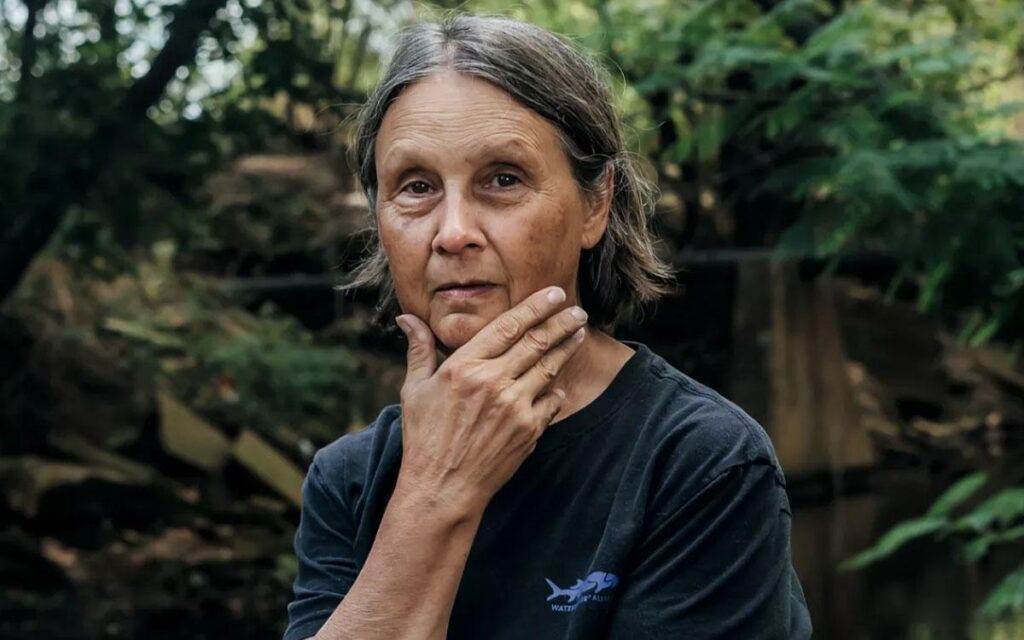Indigenous Communities Lead Key Environmental Efforts

Contamination from lead, arsenic, and other toxins in northeastern Oklahoma’s Tar Creek has impacted many children of the Quapaw Nation. This community exemplifies resilience, as do many Indigenous communities facing similar challenges.
The Tar Creek Superfund site is the first to have its cleanup led by an Indigenous tribe. Once part of the Tri-State Mining District, it supplied over 75% of the lead and zinc for American munitions in both World Wars.
By the early 1970s, mining ceased, leaving hundreds of open mines and boreholes. Toxic metals surfaced, contaminating the creek and harming the local community. In 1979, the creek turned bright orange due to iron in the water, highlighting the environmental devastation.
The mining operations left behind “chat” piles containing lead and other metals. Children unknowingly played on these hazardous piles before the dangers were understood.
In the 1990s, tests by the Indian Health Service revealed high blood lead levels in 35% of Native American children in the area, with one study showing levels 11 times the state average.
Rebecca Jim, of Cherokee descent, began working in Tar Creek’s schools in 1978. She witnessed the environmental impact, saying, “One of my students had been fishing the day before it happened. The next day all the fish were dead.”
Jim’s advocacy was pivotal in the EPA designating Tar Creek as a Superfund site in 1983. Thirty years later, the Quapaw Nation took the lead in remediation efforts, removing over 7 million tons of mine waste and restoring 600 acres, according to Summer King of the Quapaw Nation Environmental Office.
Indigenous-led environmental efforts extend beyond Tar Creek. The Choctaw and Chickasaw Nations oppose a $3.1 billion hydropower project on the Kiamichi River, while Indigenous activists, like Okcate Evita Smith McCommas of the Mvskoke Creek Nation, work to clean up the Arkansas River in Tulsa.
Cheyenne Skye Branscum, a Citizen Potawatomi Nation member and Sierra Club treasurer, emphasizes the sacred duty to protect water systems, stating, “The struggles over these waters are the very real battles we are still fighting today.”
Indigenous leaders challenge the nation to confront its historical treatment of Native peoples. Across the country, tribes like the Bad River Band of Lake Superior Chippewa and the Nez Perce, Lummi, and Yurok, are engaged in efforts to protect natural resources from threats such as the Line 5 Pipeline and to restore salmon populations.
As we observe Indigenous Peoples’ Day and Native American Heritage Month, these communities inspire us to prioritize protecting waters, lands, and wildlife.
indigenous communities, activism, dirty fuels
Original Story at www.sierraclub.org
